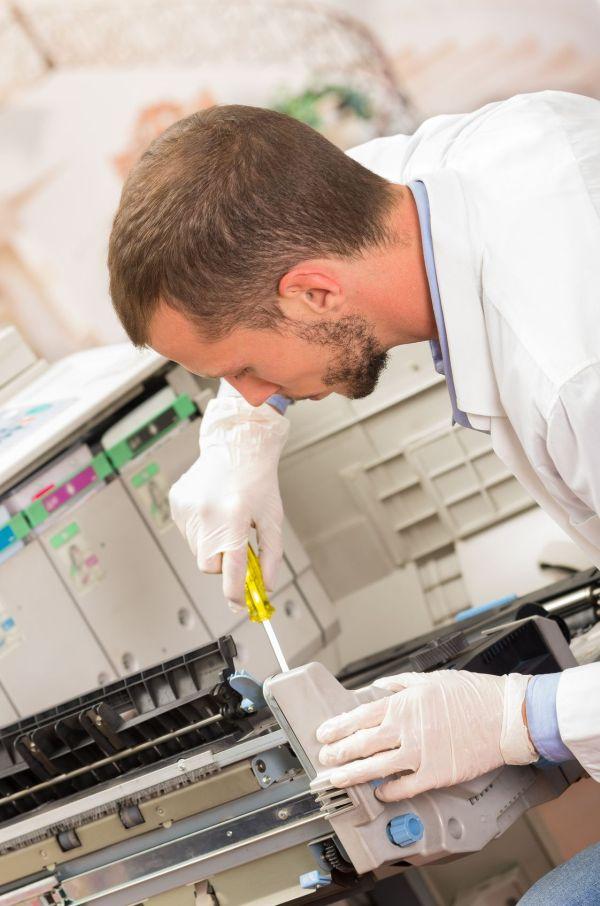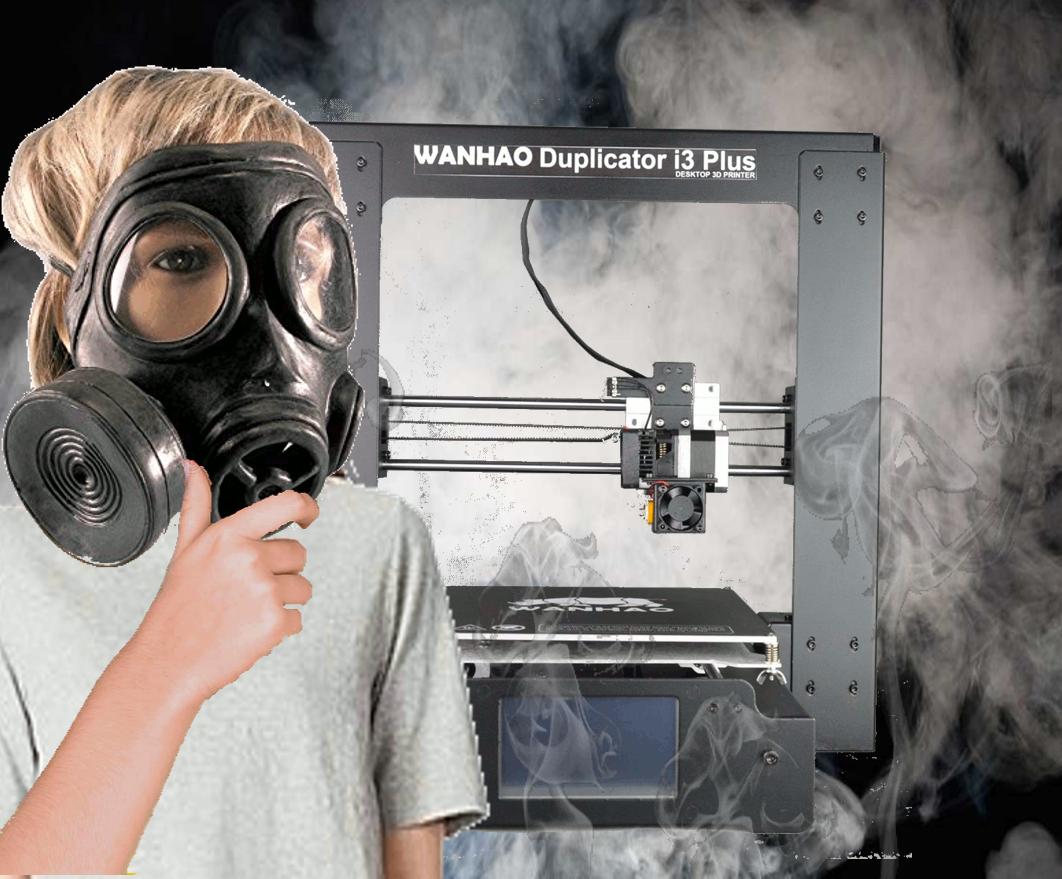
If you do a lot of 3D printing and are worried about the fumes, you may want to read a new study from US and French researchers. It measured the amount of particles emitted by five 3D printers using nine different filament materials. The new research builds on two previous studies, but the team tested more printers and plastics, and measured more kinds of potentially hazardous fumes. As you might suspect, they discovered that you should be 3D printing in a well-ventilated room or use an enclosed printer with a vent, particularly while printing with ABS, nylon and similar materials.

Those plastics tends to emit styrene, a possible carcinogen, at levels much higher than recommended by California's Office of Environmental Health Hazard Assessment (OEHHA). As a result, the team advised that "caution should be used when operating many printer and filament combinations in enclosed or poorly ventilated spaces or without the aid of gas and particle filtration systems."
PLA users don't have much to worry about, however. Printing with that plastic tends to produce a substance called lactide, which is considered to be non-toxic. The printer itself doesn't matter much, as the researchers saw little difference in fume levels from model to model. Given that, they recommended that manufacturers focus on designing new types of low-emission, PLA-like filament materials, or design printers with built-in gas and particle filtration. They plan to carry out more detailed, real-world studies in the future.